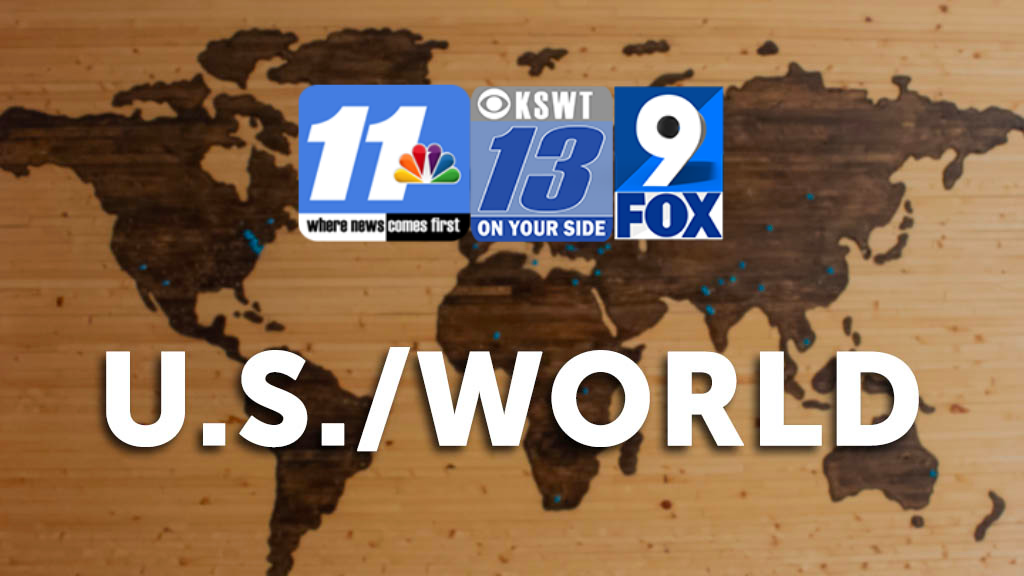Nation’s largest school district welcomes New York students back to in-person learning

By Dakin Andone and Polo Sandoval, CNN
Students in New York City’s public schools — the nation’s largest school district — are being welcomed back to the classroom Monday for full-time, in-person learning, joining school districts across the country confronting a new academic year amid Covid-19.
“We’ve been working for 18 months to get ready for this day,” New York City Schools Chancellor Meisha Porter told CNN in an interview Friday.
New York schools first went remote in March 2020 as the novel coronavirus started spreading throughout the United States. They reopened for some in-person learning last year, but many students continued with a virtual option, even before in-person instruction was interrupted with school closures and reopenings as circumstances changed.
This time, there won’t be a remote option for the district’s approximately 1 million students.
Kevin Jacobs, a US history teacher and soccer coach at a Manhattan high school, told CNN he’s “really excited to see students again,” saying there are more advantages to having them in the classroom instead of online.
“Zoom was not a great way to teach, and I think for kids it wasn’t a great way to learn,” he said.
“I think a lot of teachers, whether they’ve been working a long time, as I have, or were brand-new, maybe feel like they worked harder to do online schooling than they’ve ever worked before,” he said. “And that’s not suggesting we want it easier this year. To come back in, there will be lots of things that are hard, lots of new stuff to do.”
Vaccine mandated for teachers
New York students eligible for Covid-19 vaccination (meaning those who are 12 and older) are strongly encouraged to be vaccinated, but there is no blanket mandate for students like the one announced in the Los Angeles Unified School District last week. Eligible New York students who are participating in sports and extracurricular activities deemed “high risk” are required to be vaccinated.
Still, New York Mayor Bill de Blasio said last week in a news conference that 65% of students between the ages of 12 and 17 have gotten at least one dose.
There is, however, a vaccine mandate for New York City Department of Education employees, who are required to have at least one dose of a Covid-19 vaccine by a September 27 deadline.
On Friday, Porter told CNN that 74% of teachers have had at least one shot, and she’s confident all staff members will have gotten at least a single dose by the deadline.
“This is a moment where we’re talking about the public safety of the entire community,” she said. “So I am the biggest cheerleader: Let’s get folks vaccinated.”
The United Federation of Teachers said Friday that New York City teachers who refuse to get vaccinated and have documented medical or religious exemptions must be offered non-classroom assignments, citing a decision by an independent arbitrator.
Others who are hesitant must be offered unpaid leave that maintains their health coverage or be given a severance package, the teachers union said in a statement. The unpaid leave would last until September 2022. If the teacher did not get vaccinated and return to their job by that time, it would be assumed they had resigned.
Keeping students safe
The district has a number of other mitigation measures in addition to vaccinations, including mandatory face coverings for students and staff regardless of their vaccination status. Students will also be asked to maintain a physical distance of 3 feet when possible.
For students who aren’t yet vaccinated, inoculations will be available at numerous school sites throughout the city.
Air purifiers will be present in every classroom, Porter said, and every school will have on hand a 30-day supply of personal protective equipment, including masks. But regular Covid-19 testing is another key pillar of the district’s strategy.
“We’re testing our students, 10% of our population, every two weeks,” Porter said, noting that’s 10% of the student population who consents to being tested. With both regular testing and faculty’s required vaccinations, Porter said she feels that will “really continue to build that level of protection around our students who are not eligible to be vaccinated.”
Infections are an inevitability, and in those cases the district is ready with a plan for quarantines and — if necessitated by widespread infections — school closures.
How quarantines are handled depends on exposure and whether exposed students are vaccinated: If there’s a positive case in an elementary classroom, those students — who are largely ineligible for vaccination — will be quarantined for 10 days, during which time they’ll receive remote instruction.
For middle and high schoolers, students who are at least 12, vaccinated and not showing symptoms can keep attending school in-person, but they’re encouraged to get tested several days after exposure. Those who are vaccinated and show symptoms will quarantine for 10 days.
Those who aren’t vaccinated will be told to quarantine for 10 days after exposure. On the fifth day, they can take a Covid-19 test and return on the seventh day if the result is negative.
But no matter what happens, learning will not be interrupted, Porter said: While remote learning is not an option at the outset of the new school year, it is a tool the district is willing to use.
She pointed to Superstorm Sandy, and how it forced days of school closures in New York in 2012.
“Now we have a tool that allows us to be sure that our students can continue remote learning,” she said. “And we’re going to continue to leverage that in our system.”
The-CNN-Wire
™ & © 2021 Cable News Network, Inc., a WarnerMedia Company. All rights reserved.
CNN’s Polo Sandoval reported from New York and Dakin Andone reported and wrote from Atlanta. CNN’s Lauren del Valle contributed to this report.